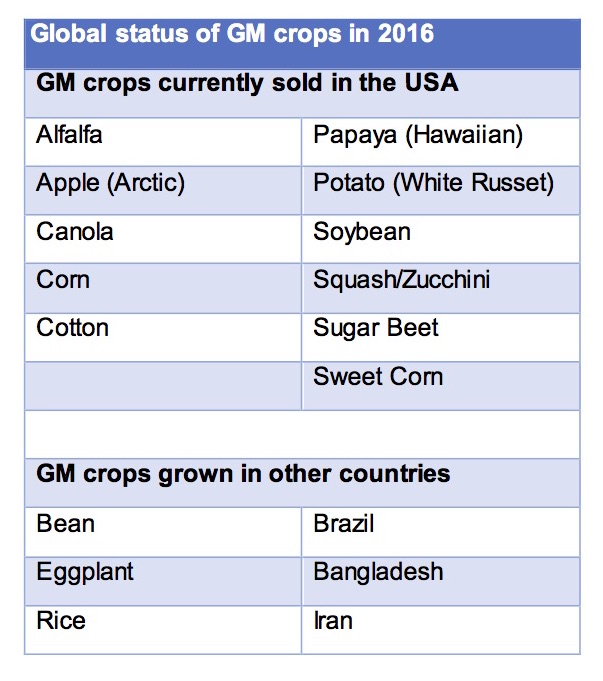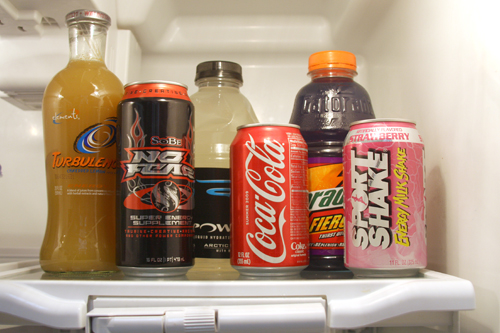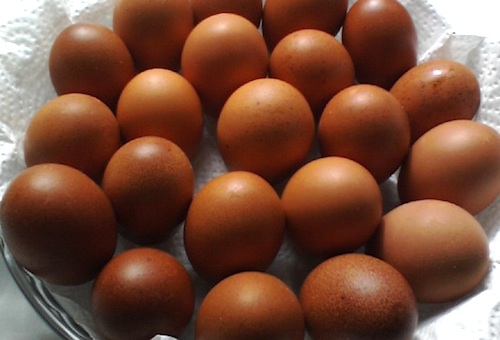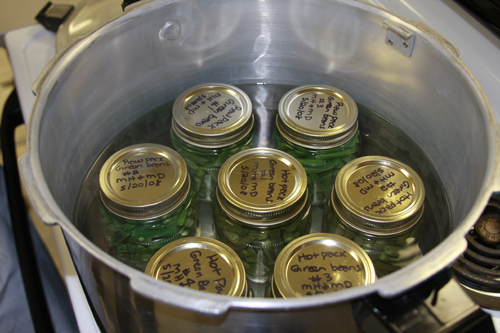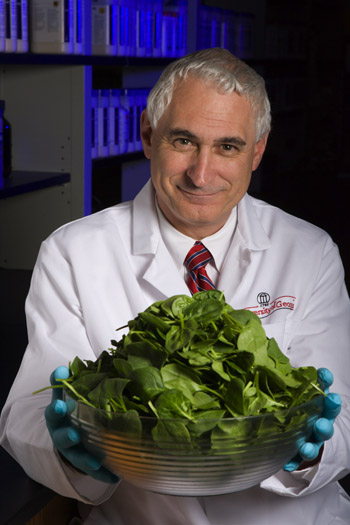Many Americans are trying to beat rising food prices by growing and preserving food at home. Food preservation may save money for some, but not for everyone, says a University of Georgia Cooperative Extension food preservation expert.
“There are many reasons for preserving food at home,” said Elizabeth Andress, Extension specialist and director of the National Center for Home Food Preservation. “Some have to do with finding ways to save money, while others may have to do with satisfaction, creativity or family tradition.”
The two most common forms of food preservation are canning and freezing. Freezing is a quicker way to prepare food for long-term storage than canning or drying, she said. Frozen produce, if carefully preserved, also tastes more like fresh than other preserving methods.
“It costs between 38 and 50 cents a year to maintain a freezer for one pound of food, not including the cost of the produce,” Andress said.
In general, chest freezers are less expensive to run, but upright freezers can be more convenient, she said. Better insulated freezers can cost more to purchase, but less to operate. Frostfree freezers cost as much or more to operate than conventional defrost freezers.
To keep freezing costs down, Andress offers the following tips:
- Don’t place the freezer in a warm place like the laundry room near heat-producing appliances, as freezers in warm rooms use more electricity.
- Keep the door closed. Opening the door frequently uses more energy to keep the food cold.
- Buy the size you need. Large freezers use more electricity.
- A full freezer is more efficient and uses less electricity per pound.
- Clean condenser coils and defrost freezers as needed.
“A well-managed freezer can save time, energy and gas from fewer trips to the store,” Andress said. “To get the most out of your home freezer, freeze only foods that the family likes to eat, and in packaged amounts that can be served at one time.”
When freezing foods, be sure to use the proper packaging to protect flavor, color, moisture content and nutritional value from the dry conditions of the home freezer,” she said.
Containers should be moisture-vapor resistant, durable, leak proof, flexible, crack resistant at low temperatures and easy to seal and mark, she said. Rigid plastic containers can be used for liquids. Freezer bags and wraps are more suitable for dry-pack products that contain little or no liquid.
Vacuum packaging is recommended for dry packages. Read the manufacturer’s directions carefully when using a packaging machine for wet foods. Vacuum packaging removes the air that can lead to drying, oxidation and off-flavors even at freezer temperatures.
“There are also ways to minimize air trapped in other types of packaging,” Andress said. “That is an important factor to control in all freezing.”
Canning can be a less expensive way of storing food than freezing, but more time and energy are spent to prepare and process the foods. Canning some foods can be difficult for beginners and it requires preserving foods by using methods that keep the food safe when stored at room temperatures.
“Food may spoil and make you sick if reliable canning directions are not followed exactly,” Andress said.
Costs associated with canning include the purchase of canners, jar funnels, lifters, jars and lids. The cost of water, fuel and extra ingredients like vinegar, sugar and spices must also be counted.
Canning jars cost $7 to $12 a dozen, but can be used for many years if handled carefully. Lids, however, need to be purchased every year and cost around 12 to 30 cents each when bought in small quantities.
The cost of added ingredients can be minimal with vegetables, Andress said. Most recipes call for up to one teaspoon of salt per quart jar. But, sweeteners for jams and jellies, or spices and specialty peppers for pickles and salsas, can add significant costs.
Consumers should also compare the cost of similar food purchased at the grocery store, Andress said. “Try to find economical sources for foods if you are trying to save money over purchasing them at the grocery store,” she said.
“There are different preservation methods for many foods,” she said. “Choose one that works for your family and produces the form of food you like.”

